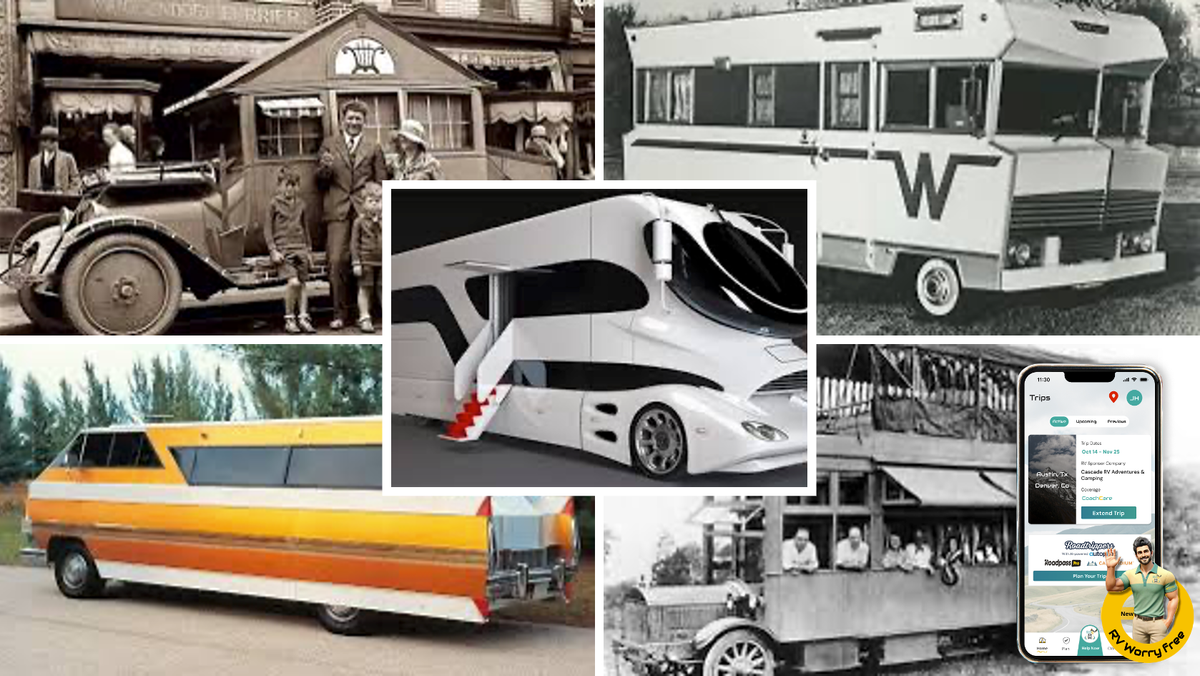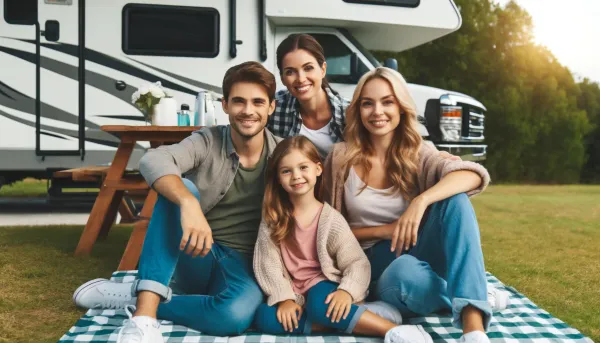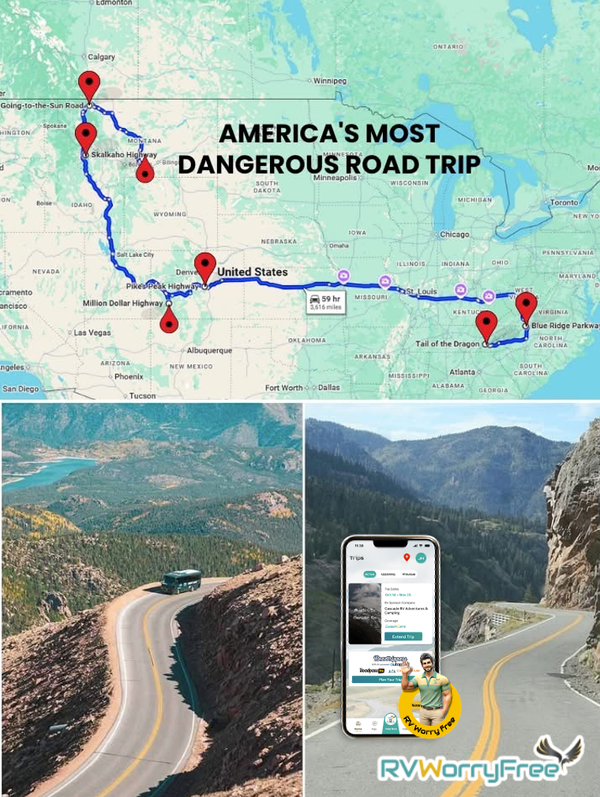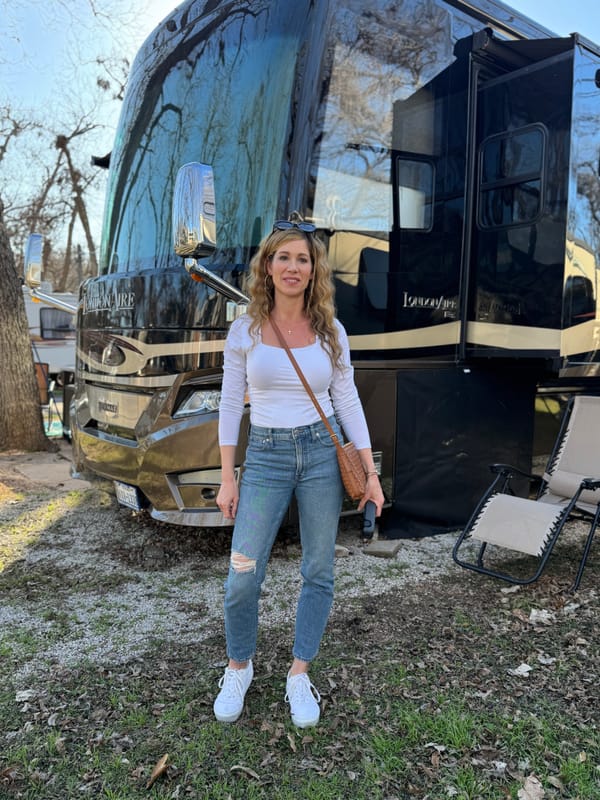🚐 From Tin Can Tourists to Modern Nomads: The History of RVing in America

Few things capture the spirit of freedom and adventure like hitting the open road in an RV. But how did recreational vehicles (RVs) become such a staple of the American road trip dream? The journey of RVing is as winding and exciting as the highways that stretch from coast to coast.
🛠️ The Early Days: 1910s–1930s
The concept of “motor camping” emerged shortly after the automobile was introduced. In 1910, the Pierce-Arrow Touring Landau debuted at Madison Square Garden—featuring a bed, sink, and chamber pot. That same year, RVing was officially born.
By the 1920s, adventurous travelers took to the roads in converted cars, trailers, and buses. They became known as “Tin Can Tourists,” named for their reliance on canned food and makeshift campers. These early RVers formed clubs, shared travel tips, and helped pioneer roadside America.
🛤️ Mid-Century Expansion: 1940s–1960s
World War II slowed recreational travel, but post-war prosperity reignited the RV boom. Veterans and young families began exploring the country’s expanding highway system in Shasta trailers, Airstreams, and Winnebagos.
This era brought the romanticism of Route 66 and the rise of the American road trip as a family tradition. Campgrounds popped up, National Parks became must-visit destinations, and RV culture began to flourish.
🚐 The Golden Age: 1970s–1990s
The 1970s and ‘80s saw the rise of full-size Class A motorhomes and conversion vans, appealing to everyone from retirees to rock bands on tour. Innovations in design, plumbing, and onboard generators made RVs more self-sufficient and comfortable.
TV shows, movies, and magazines further embedded RVing into the national consciousness. The idea of “mobile freedom” caught on—and never let go.
📈 Modern Revival: 2000s–2020s
The new millennium brought an explosion in RV ownership. With remote work, digital nomads, and social media influencers sharing their #vanlife dreams, RVing hit a new demographic: younger travelers, couples, and families looking to reconnect with nature.
RV sales surged, especially during the pandemic when Americans sought safe and flexible travel options. New technologies—like solar panels, WiFi hotspots, smart sensors, and all-electric rigs—continue to evolve the experience.
Today, the U.S. boasts over 11 million RV owners, and the industry contributes more than $140 billion annually to the economy.
🌎 A North American Tradition
From Canada’s Icefields Parkway to Mexico’s Baja Peninsula, RVing has become a cross-continental pastime. With scenic routes, rich culture, and accessible travel infrastructure, North America is a playground for the curious traveler.
Whether it's a luxury motorcoach or a humble teardrop trailer, RVing offers what few other travel methods can:
Freedom, flexibility, and a front-row seat to the great outdoors.
Planning your first RV adventure?
Don’t forget to pack peace of mind. Download the RVWorryFree app and explore protection plans, safety features, and trip tools—all designed to help you travel smarter, safer, and with confidence.
Happy trails! 🌄





